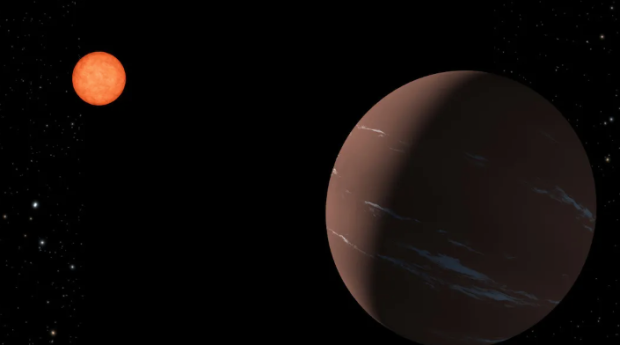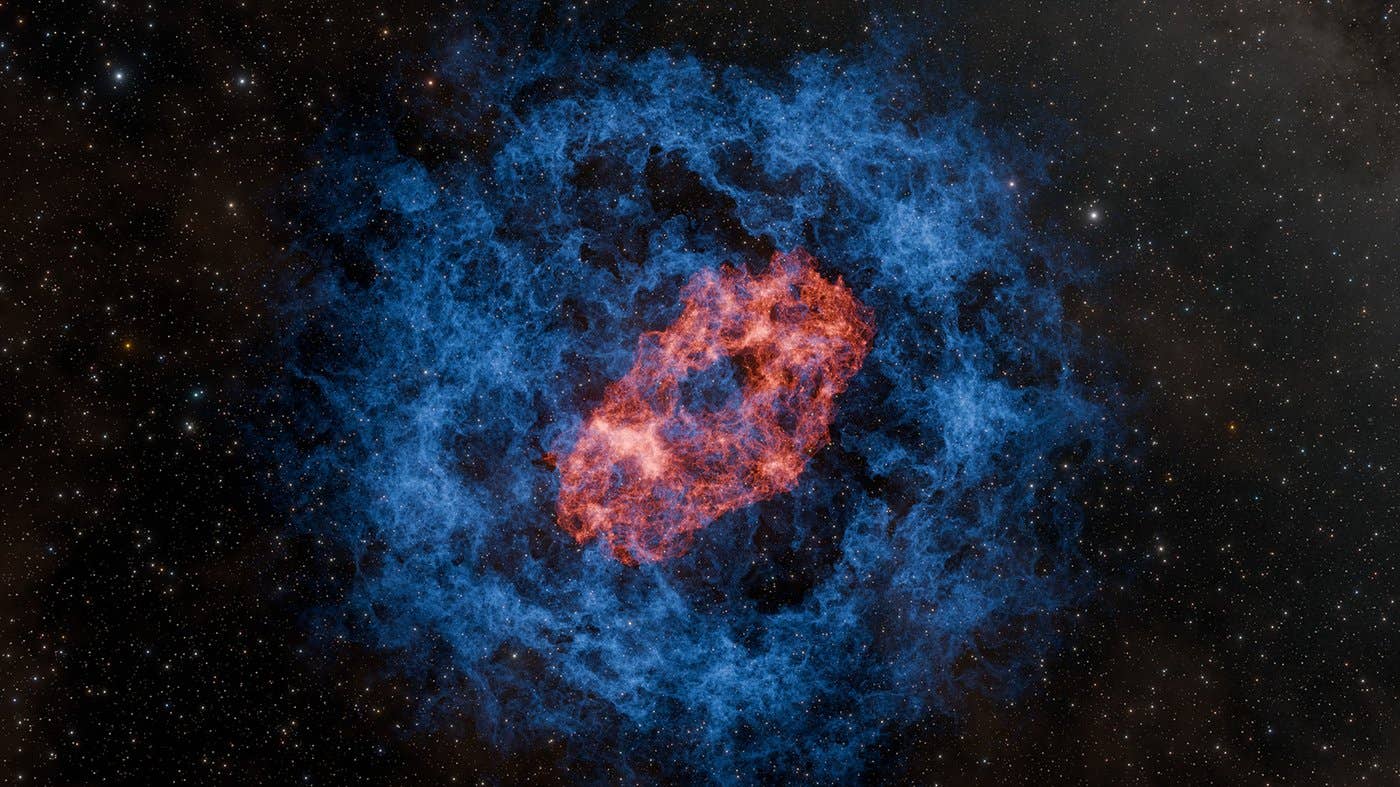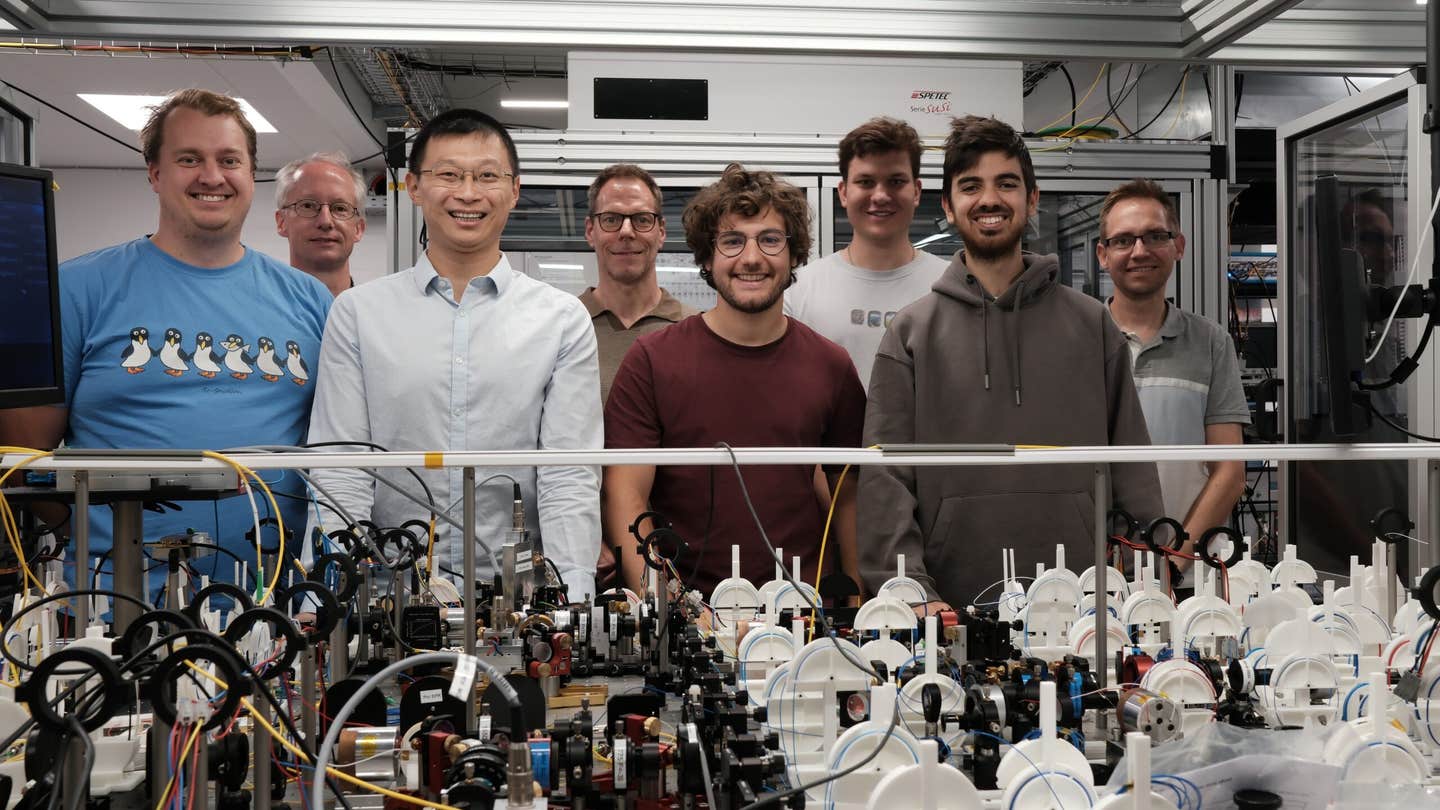Recently discovered ‘Super-Earth’ could be habitable, NASA finds
137 light-years away from us lies TOI-715 b, a super-Earth orbiting a red dwarf sun and weighing in at 3.02 times the mass of Earth.

137 light-years away from us lies TOI-715 b, a super-Earth orbiting a red dwarf sun. An illustration of Exoplanet TOI-715 b, a super-Earth in the habitable zone of a red dwarf star. (CREDIT: NASA/JPL-Caltech)
137 light-years away from us lies TOI-715 b, a super-Earth orbiting a red dwarf sun. Weighing in at 3.02 times the mass of Earth, it takes 19.3 days to complete one orbit of its star, at a distance of 0.083 AU. TOI-715 b was initially spotted back in 2023.
Researchers suspect that within the same star system, there could be another planet almost the size of Earth. Dubbed TIC 271971130.02 for now, if confirmed, it would mark the smallest habitable-zone planet pinpointed by NASA's Transiting Exoplanet Survey Satellite (TESS).
The habitable zone refers to the region around a star where conditions are just right for a planet to support liquid water on its surface.
These findings stem from a study detailed in the January edition of Monthly Notices of the Royal Astronomical Society, with NASA officially unveiling the discovery on January 31.
Related Stories
According to Amaury Triaud, a co-author of the study and an exoplanet expert at the University of Birmingham in the U.K., "Within the most conservative estimate that you can make of the habitable zone and within all of the uncertainties that you have about the star and the planet itself and everything, this planet [TOI-715 b] is for sure in the habitable zone."
One crucial aspect researchers are focusing on is the size of these exoplanets. Triaud, along with Georgina Dransfield, the lead author of the study, found it surprising that TOI-715 b not only falls within the habitable zone but also possibly consists of rocky terrain.
For a super-Earth to be rocky, it needs to strike a balance between size and mass, as explained by Sarah Moran, an exoplanet atmosphere specialist at the University of Arizona. Moran emphasizes, "If they're too big, we think that they're no longer rocky, and they turn into something that looks more like Neptune or Jupiter, which are completely gas and have no solid surface."
Therefore, both the mass and diameter of a planet are crucial in determining its potential similarity to Earth and its ability to harbor Earth-like life. A low mass and large radius often indicate a mini-Neptune with a gassy atmosphere, while a higher mass coupled with a smaller radius suggests a rocky composition akin to our own planet.
The prospect that TOI-715 b might be rocky is particularly thrilling, as Moran notes, "because that supports it being more of a habitable planet versus some sort of other world."
TOI-715 b is a super Earth exoplanet that orbits an M-type star. Its mass is 3.02 Earths, it takes 19.3 days to complete one orbit of its star, and is 0.083 AU from its star. (CREDIT: NASA)
Alternatively, Triaud posits that TOI-715 b may have previously possessed a denser atmosphere akin to Neptune and is currently undergoing a phase where it's shedding its atmosphere.
To ascertain its true nature, Triaud and his team are diligently working to confirm the planet's mass, which will shed light on whether TOI-715 b is a potentially watery, terrestrial world.
Because it orbits so close to its parent red dwarf star – which is smaller and cooler than our sun – a year on the strange world is equal to 19 Earth days. (CREDIT: NASA)
According to Sarah Dodson-Robinson, an exoplanet specialist at the University of Delaware, these planets discovered in the study occupy a peculiar radius range, which will assist in testing theories regarding their formation.
While the James Webb Space Telescope (JWST) currently stands as the premier tool for observing these distant planets' characteristics, Moran anticipates that the next generation of ground-based, extremely large telescopes will provide deeper insights into exoplanets in the years to come.
For more science stories check out our New Discoveries section at The Brighter Side of News.
Note: Materials provided above by the The Brighter Side of News. Content may be edited for style and length.
Like these kind of feel good stories? Get the Brighter Side of News' newsletter.



